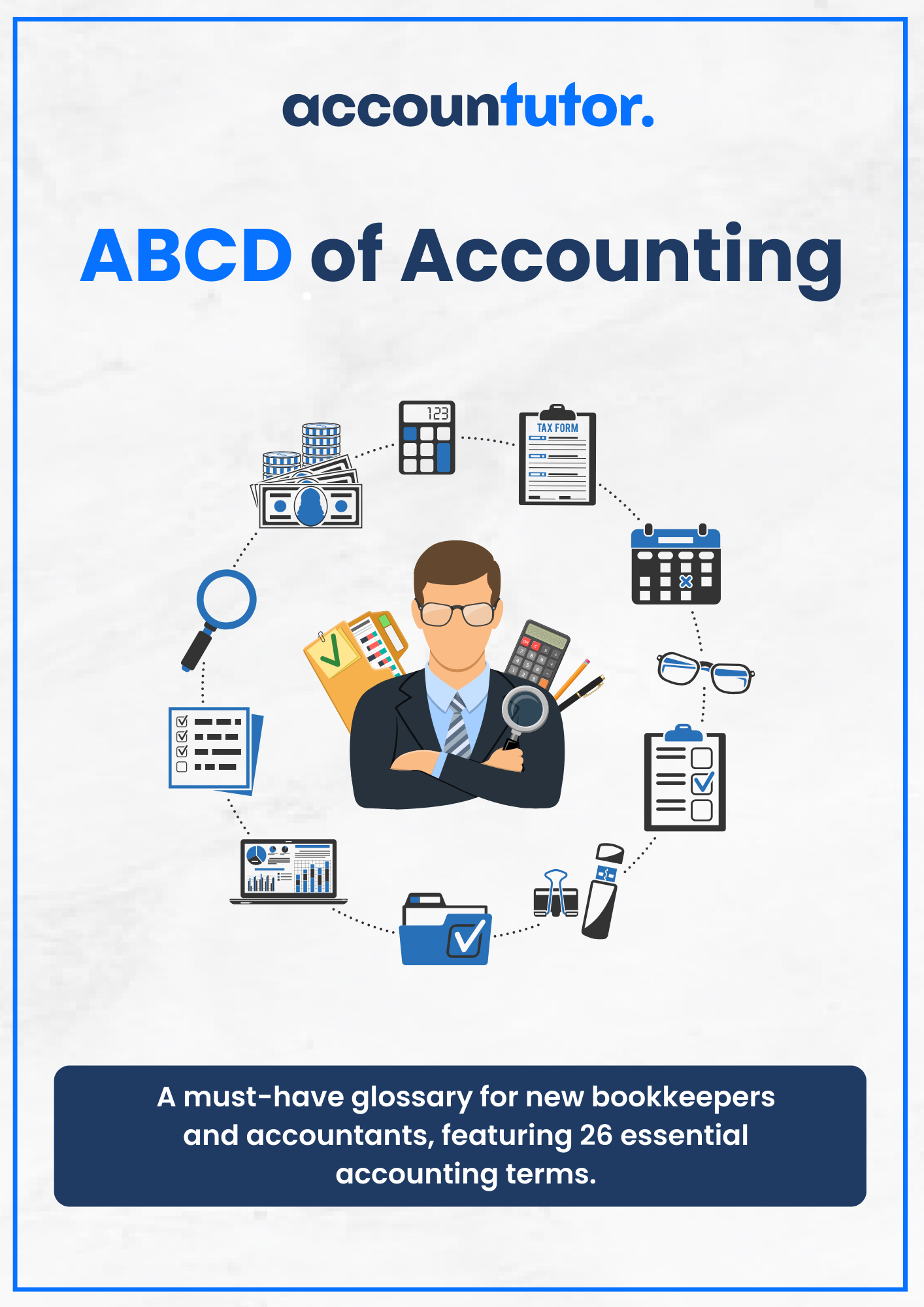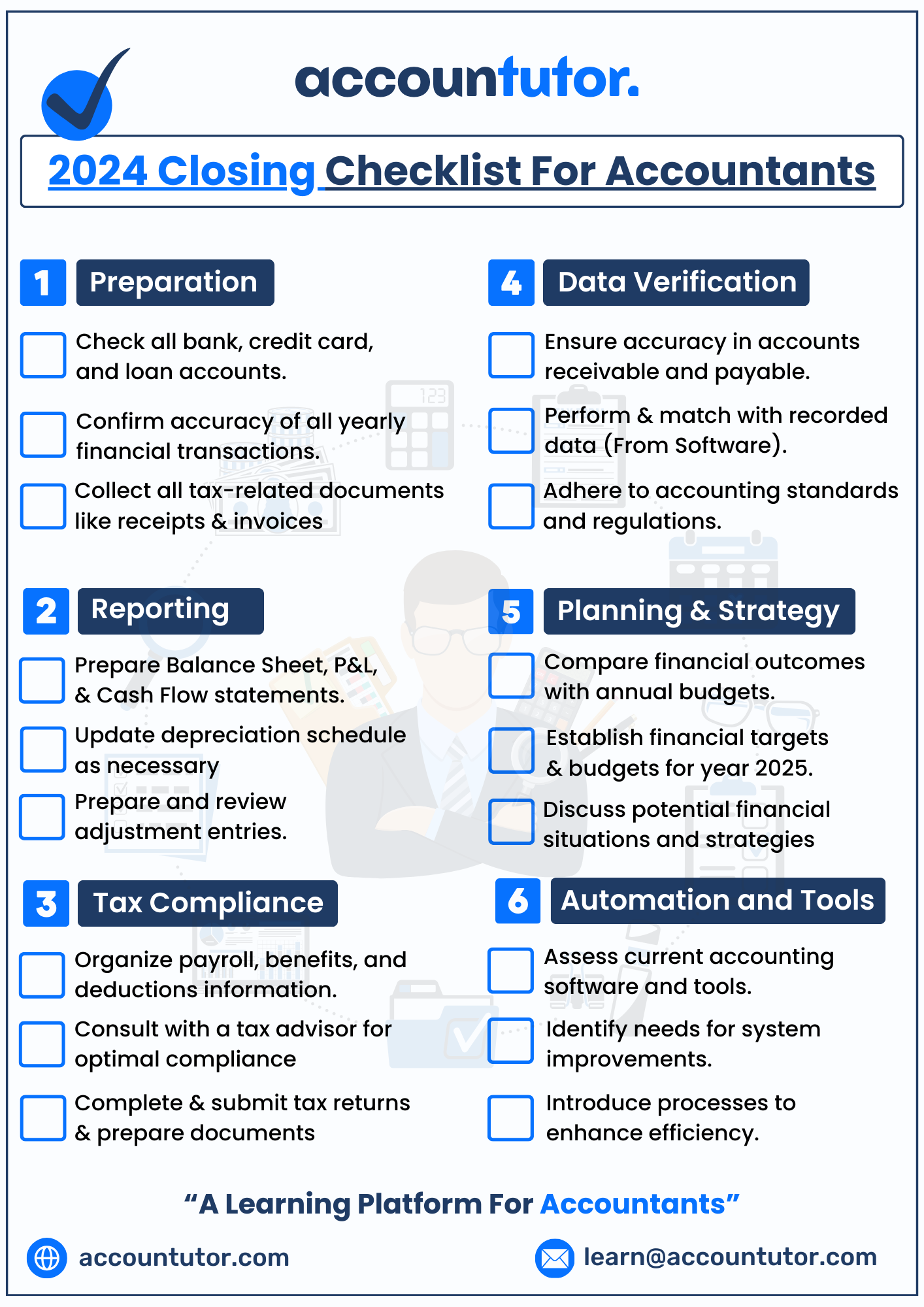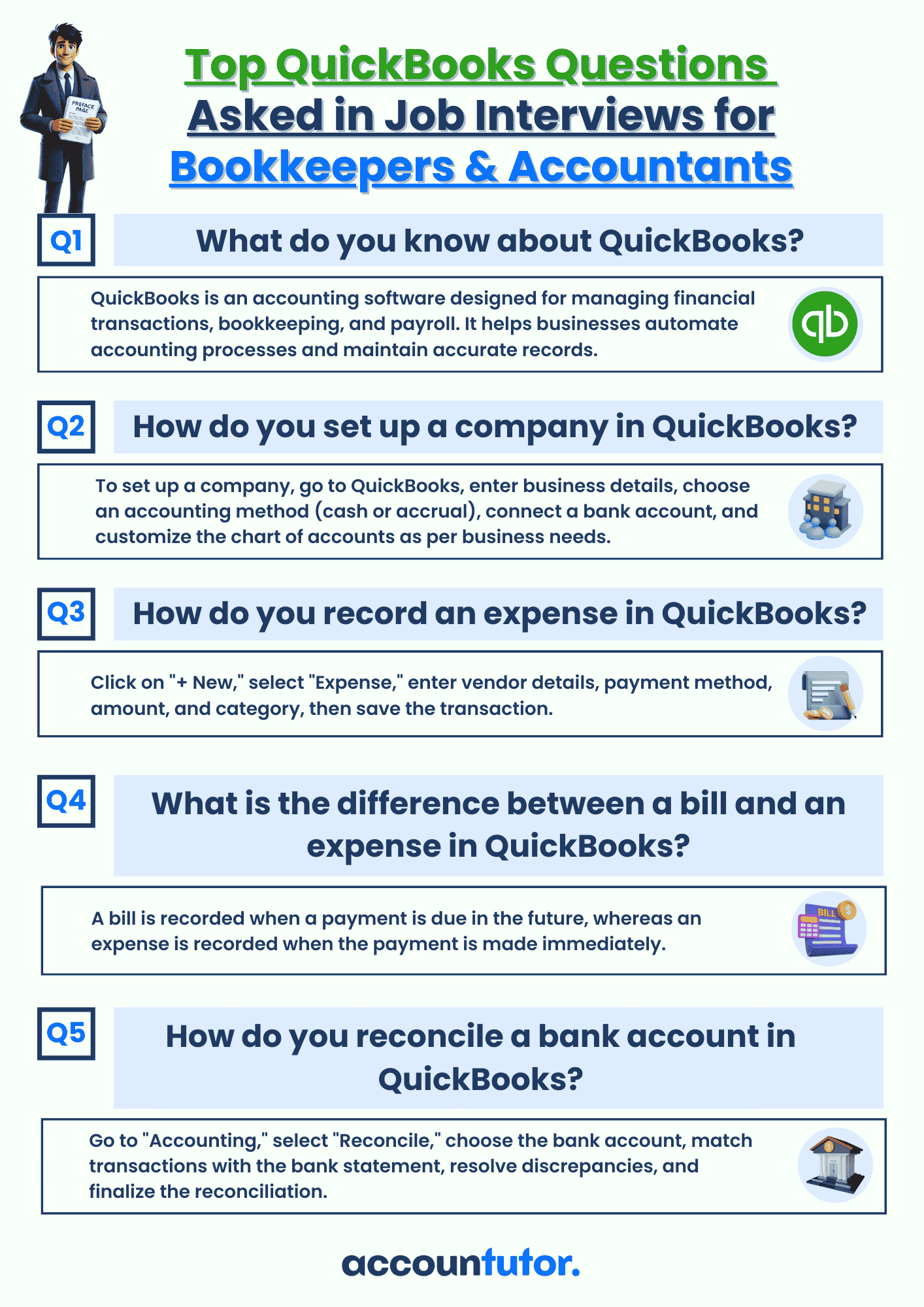Common
Fraud Schemes & Prevention Strategies
-
Common Types of Fraud
-
Why Fraud Happens
-
Prevention Strategies
Common Fraud Schemes & Prevention Strategies
Fraud in business refers to dishonest actions intended to steal
money, manipulate records, or gain unfair advantages. It can happen in any
organization, big or small, and often goes unnoticed until it's too late.
That’s why understanding how fraud happens—and putting strategies in
place to stop it—is so important.
“Fraud is easier to prevent than to fix.”
“Fraud is easier to prevent than to fix.”
1. Common Types of Fraud
Some of the most common fraud
schemes found in businesses include actions like cash theft, where money
is taken either before it’s recorded in the books or after it has been
collected. Fake invoices are another frequent tactic, where bills are
created for services or products that were never actually delivered. In cases
of payroll fraud, businesses may unknowingly pay “ghost employees” or
inflated hours that were never worked. Inventory theft involves stealing
products, supplies, or materials directly from stock, while expense
reimbursement fraud happens when someone claims personal or fake expenses
as business costs. Check tampering—such as altering, forging, or writing
unauthorized checks—is another common method of fraud. These dishonest
activities often occur when one person has too much control over the money or
paperwork, making it easier to hide what they’re doing.
2. Why Fraud Happens
Fraud usually occurs when three key elements—known as the “fraud triangle”—come together. The first element is pressure, which could stem from personal financial struggles or unrealistic goals set at work. The second is opportunity, where weak internal controls or a lack of oversight create a chance to commit fraud without being detected. The third element is rationalization, where the person justifies their dishonest actions with thoughts like “I deserve this” or “It’s just a loan—I’ll pay it back.” By reducing even one of these factors, a business can significantly lower the risk of fraud occurring.
3. Prevention Strategies
Businesses can reduce fraud by applying simple
strategies like separating duties, requiring approval for large transactions, and reconciling
records regularly. It's also important to limit
access to cash and sensitive data, encourage
whistleblowing, and train
staff to spot warning signs. These
basic steps create strong protections and make fraud much harder to commit.
Key Takeaways
✅ Fraud includes theft, fake records, or misuse of business
resources
✅ It usually happens when pressure, opportunity, and excuses come together
✅ Common types include cash theft, payroll fraud, and fake invoices
✅ Prevention includes strong controls, clear roles, and regular checks
✅ Awareness and training help create a fraud-free workplace
✅ It usually happens when pressure, opportunity, and excuses come together
✅ Common types include cash theft, payroll fraud, and fake invoices
✅ Prevention includes strong controls, clear roles, and regular checks
✅ Awareness and training help create a fraud-free workplace
Write your awesome label here.
Access all Accounting and Bookkeeping Courses from One Portal.
Mastering Bookkeeping and Accounting
MBA simplifies accounting, ledger management, account balancing and financial statement preparation.
QuickBooks Online For Bookkeepers
From Beginner to Expert: Master QuickBooks Online. Effortlessly Navigate, Analyze Transactions, and Unlock its Full Potential.
Xero Accounting For Bookkeepers
Learn how to use Xero, the leading online accounting software to perform most of the essential bookkeeping tasks.
ChatGpt for Bookkeepers and Accountants
Learn how to use the ChatGPT prompt toolkit to simplify daily accounting tasks for accountants and bookkeepers instantly.
Subscribe to our newsletter
Stay informed with the latest accounting tips, tools, and updates from Accountutor right in your email inbox.
Thank you!
Policy Pages

Download QuickBooks Online PDF Guide
Thank you!

Download QuickBooks Online Cheat Sheet
Thank you!

Download ABCD of Accounting
Thank you!

Download Checklist 2024
Thank you!
Register For Free!
Thank you!

Download Interview Questions
Thank you!

